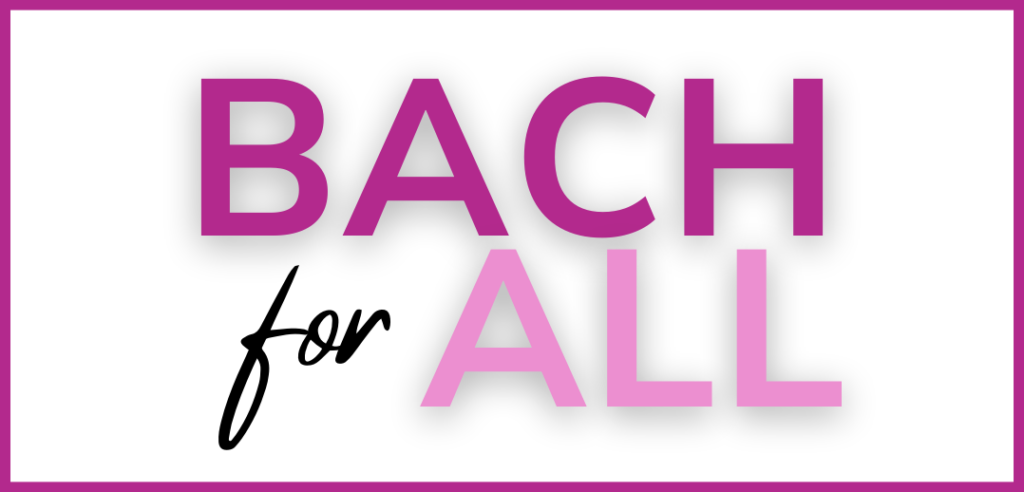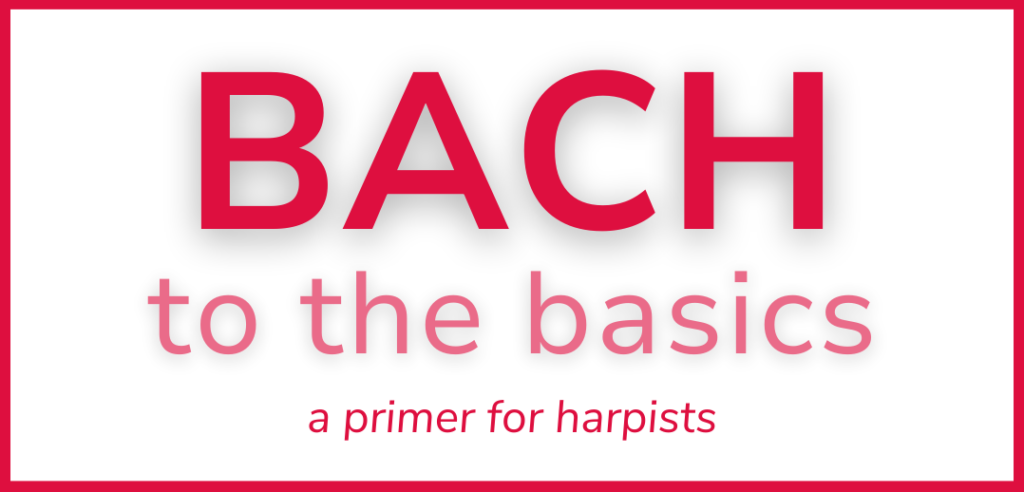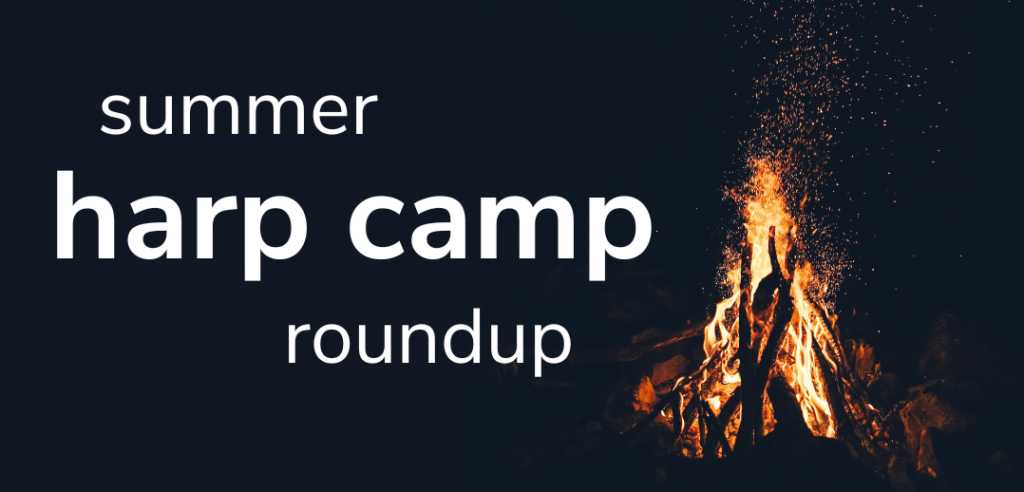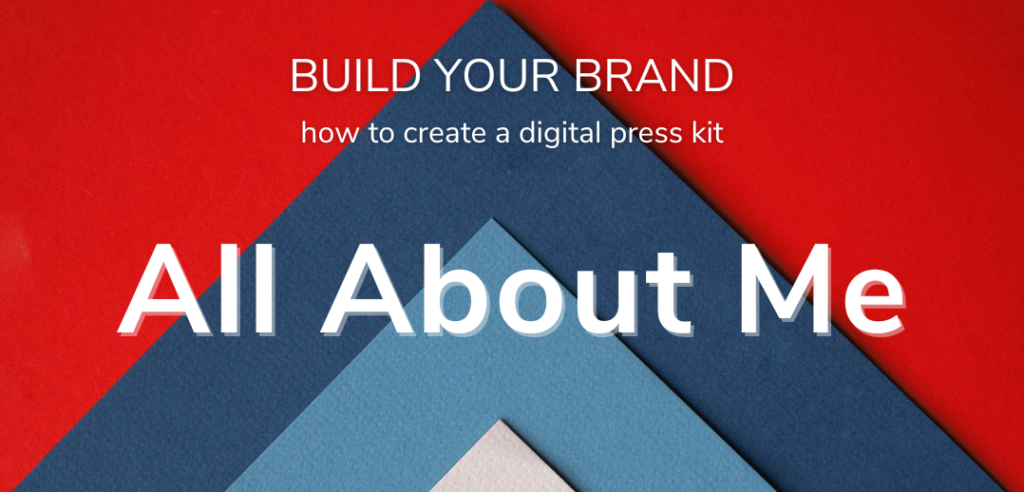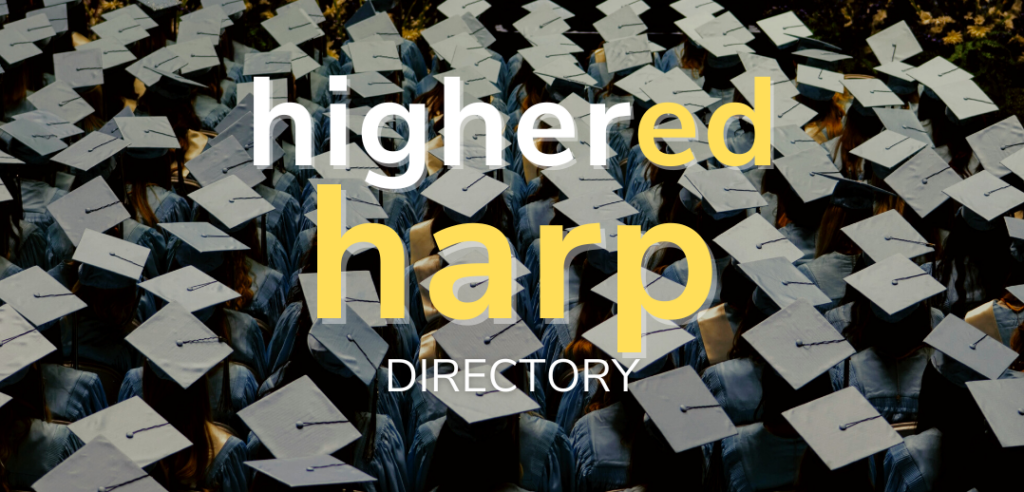…imagine the implications of music education on the mind of a student with a learning disability.
Harpists are master adapters, able to adjust at a moment’s notice to the atmosphere around us. With the size and unpredictable nature of our instrument, we have to be! Why not take that adaptability and implement it in our teaching style? It can better our teaching and broaden the scope of those we can reach with the harp.
But adapting our teaching styles and methods to a student with a learning disability is no easy task—and it’s a task for which most harpists have no specific training. However, there are harp teachers out there charting this territory and leaving paths for other harpists to follow who want to expand their teaching to include students with learning disabilities.
Read the Label
We live in a world dominated by labels. There are a lot of words used to describe people with learning disabilities; some are medical, some archaic, and too many are ugly and offensive. The umbrella term “learning disabled” (or someone with learning difficulties) covers the broad spectrum of diseases including: Auditory Processing Disease (APD), Dyscalculia, Dysgraphia, Dyslexia, Language Processing Disorder (LPD), Non-Verbal Learning Disabilities (NVLD), Autism Spectrum Disorder (ASD), and Attention Deficit and Hyperactivity Disorder (ADHD), although ADHD is usually considered a learning difficulty rather than a disability. We will come back to the importance of these labels later, but now that we have covered them, let’s set them aside and view these students as people rather than disabilities. And all people are worthy of the opportunity to have their lives enriched through music.
Brain Training
As teachers, we have the opportunity to change the terrain of our students’ brains. Ani Patel, associate professor of psychology at Tufts University uses the acronym OPERA to describe the effects of musical study on the brain. “The basic idea is that music is not an island in the brain cut off from other things, that there’s overlap, that’s the ‘O’ of OPERA, between the networks that process music and the networks that are involved in other day-to-day cognitive functions such as language, memory, attention and so forth,” he says. “The ‘P’ in OPERA is precision. Think about how sensitive we are to the tuning of an instrument, whether the pitch is in key or not, and it can be painful if it’s just slightly out of tune. And the last three components of OPERA, the ‘E-R-A,’ are emotion, repetition and attention,” he says. “These are factors that are known to promote what’s called brain plasticity, the changing of the brain’s structure as a function of experience.”
Given this, music teachers play an important role in the development of students as both musicians and people. Now, imagine the implications of music education on the mind of a student with a learning disability.
Expert Advice



We talked with three harpists who have experience teaching students with learning disabilities. Dayle Olson has worked with children and adults with learning disabilities for 28 years, most of those as President of the Brevard Achievement Center (BAC) in Rockledge, Fla, whose mission is to provide people with disabilities innovative services and opportunities to achieve personal success. Although he parted ways with the BAC in 2012, working with people who have learning disabilities is still a passion of his.
Megan Sesma is the first enlisted principal harpist of the United States Coast Guard Band. She is also an adjunct professor of harp at the University of Connecticut in Storrs, Conn., and harp instructor at Wesleyan University in Middleton, Conn. She is president emeritus of the Shoreline Chapter of the American Harp Society, teaches harp privately, is a mother of three, and serves as the co-President of her town’s Special Education Parent Teacher Organization (SEPTO).
Massachusetts-based harpist Julie Spring is a certified music educator in three different states and she has taken several courses on special education and diverse learning styles. She currently teaches six students with ASD in general music, group, and private lessons.
Although each person’s story differed in how they came to work with students with disabilities, there were a few overarching points that consistently arose. They were all eager to share their methods for success, techniques for engagement, and general wisdom around the topic of students with special needs.
Do Your Homework With an Open Mind
As soon as a parent contacts you, or you acquire a new student with a learning disability, learn as much as possible about that individual’s particular difficulties. Each teaching expert explained that there is a vast and colorful range of learning disabilities. Just as no two non-disabled people are exactly the same, neither are two people with special needs. In other words, just because you read that a student will respond to positive reinforcement and slow repetition doesn’t mean that the same will be true for another student, even if the two carry the same diagnosis.
Parents are Power
The parents of your student know the abilities, limitations, and particularities of their child better than anyone else. The parent is your best tool for creating a productive working environment for both you and the student. An open and honest relationship with that parent is the best tool you have in creating the right plan for teaching their child.
Olson stresses that you should, above all, know as much as you can about the student. Often these students, particularly those with ASD, are highly reactive. Without the knowledge of how to avoid and handle reactive situations, the teacher cannot hope to work with the student in a productive and successful manner.
Speaking from the experience of having worked with students with learning disabilities and vast experience working with parents and teachers at SEPTO, Sesma suggested the importance of knowing proper terms when having a conversation with a parent. Knowing what to ask for can go a long way in terms of understanding an individual student’s needs. The one piece of information that Megan identifies as the single most helpful for a teacher as they begin to work with a student with a learning disability is that student’s Individualized Education Plan (IEP). The IEP (see sidebar) is an essential piece of information that helps coordinate teaching methods between all the various teachers of a special-needs student.
Understanding an IEP
A federal law called the Individuals with Disabilities Education Act (IDEA) requires that public schools create an Individualized Education Plan (IEP) for every child receiving special education services. Kids from age 3 through high school graduation or a maximum age of 22 (age maximum varies by state) may be eligible for an IEP. The IEP is meant to address each child’s unique learning issues and include specific educational goals. It is a legally binding document. The school must provide everything it promises in the IEP. This is a legal document, and is therefore protected personal information. This means that as a teacher you would have to gain permission from the parent to access the information.
Teacher’s Toolbox
Every teacher brings different tools with them to lessons: musical, technical, psychological, emotional, and more. Working with students with learning disabilities doesn’t mean having to build a whole new toolbox. Instead, it means adapting the tools that you already have.
Olson mentions a teaching technique that he found to be particularly useful in his many years of working with children with learning disabilities: Task Analysis Education. In this educational method, tasks are broken down into small manageable steps in order to teach a skill. One example he gives is the simple task of placing your finger on the harp string. As harpists, this is something that comes so naturally to each of us that there is virtually no thought put into placing our finger on the string. But to a student with a learning disability, the concept of placing a finger on the string might be overwhelming. The skill could be too cerebral, or the student may have difficulty with fine motor skills, or they may have difficulty processing sensory information, so the feeling of the string on their finger is distracting or upsetting. Break down this seemingly simple action to its most minute detail; the extension of the finger, how the string should feel under the pad of the finger, the exact location on the finger to pluck with, where the arm should be held, how much pressure to place upon the string, etc. These processes that function automatically inside of our own brains sometimes require further explanation to a student with special needs.
Spring says exposure and experience are indespensible to teaching special needs students—the more learning plans and accommodations you are exposed to, the larger your toolbox. “I honestly cannot say any two lessons are the same, regardless of a student’s learning style,” she says. “One of my favorite quotes is, ‘If you know one person with ASD, you know one person with ASD.’ All have different strengths and weaknesses. In general, they are happiest when engaged in the music, so less talking, more doing. If there is a section that requires several improvements, it is important to be explicit with instruction, and keep things as concise as possible while practicing in new concepts with them.”
Consistency is Key
All of our experts emphasized the importance of consistency in teaching method and style. Once you find something that works with a given student, remain consistent in that technique and communicate with your student before changing anything. Consistency helps the student understand your expectations, and helps them to meet those expectations.
Be Non-traditional
Sesma said something that will strike a chord in any teacher’s soul, “Every student should be viewed as an individual, regardless of that student’s special needs, or lack thereof.” She explained that she doesn’t treat her students with disabilities any differently from their non-disabled counterparts. She explained that her teaching methods and techniques change with each student, and that rather than defining students by their limitations, she aims to seek out and foster the individual strengths of each student. This might not seem so outside the box to you as a reader, but in practice it requires a great deal of dedication, empathy, and care to create a studio environment that caters to each individual’s needs.
Olson, who is a certified harp practitioner through the International Harp Therapy Program, takes a more outside-the-box approach in his suggestions for working with students with disabilities. He explains that many students with learning disabilities also experience a phenomenon known as synesthesia, in which two senses are triggered at the same time. Synesthesia is discussed most frequently in the classical music world in regard to pitches being associated with specific colors. Many music education tools exploit the connection between color and sound. Ever heard of boomwhackers? (If not, Google “Boomwhackers Bach” and watch the first video that comes up. Be prepared to have your mind blown.) Now, imagine that concept on the harp. By color-coding each string, they can be associated more easily to a color-coded note head. Eventually the colors are taken away and even the most typically challenged student has the potential to learn to read music and play the harp. Olson says he has already pursued a source to make color-coded strings, he just needs interest from the community to make the idea a reality.
Spring suggests larger print or blown up copies of music to help students who experience sensory issues and have difficulty processing a variety of sounds or sights. She also notes that physical separation from a large group in an orchestra setting can help a student focus on their own part and sound. “The most common complaint from my ASD students in group settings is how overwhelmed and frustrated they feel by not being able to hear themselves,” she points out. “Separating them, then gradually moving closer allows them to learn how to use those imaginary blinders we all take for granted. This doesn’t mean they don’t listen to others in the ensemble setting, but it may be a longer learning curve in that arena.”
Sometimes thinking non-traditionally just means recognizing a student’s non-traditional skills. Spring shares a story about one particular student who she regularly works with. “(He) loves to complain about how hard things are when trying something new. He also loves to write his own music and play it for me. I love encouraging this creativity because it develops the ear and helps students incorporate new concepts. We have agreed that if we get through the lesson without complaints (or noodling—my pet peeve!), he can play his latest for me at the end, and I help him notate it.”
Seek Out Training
Becoming certified in harp therapy can prepare harpists for working in the medical field in general and more specifically being sensitive to the needs of students with learning disabilities. There are a great many resources for becoming certified in harp therapy (check out “Harp Therapy Explained” by Rhett Barnwell in the March/April 2016 issue of Harp Column), and music therapy programs (www.musictherapy.org).
But if a formal certification program or degree program isn’t possible for you, where can you turn? Try talking to your friends and colleagues who work as certified music therapists. Our colleagues in the music therapy field are our number one support system, sounding board, and walking encyclopedia of proper terms, identifiers, and skills.
Testing Ground
Interested in getting your feet wet in the community before expanding your studio? Consider a collaborative effort with a local music therapist to put on a Sensory Friendly Concert. Often the special needs community is forced away from cultural events such as classical music concerts because these individuals might be considered disruptive. Sensory friendly concerts are specifically designed to be less stimulating than a traditional concert setting, with music levels kept lower, and lights dimmed. At these concerts, audience members of all kinds are welcome to listen as they are most comfortable, even if that means pacing around the room for the entire performance. Additionally, a music therapist guides the performance, allowing family members and caregivers the opportunity to relax and enjoy the performance.
Coming into a new teaching situation always requires an open mind, regardless of the student. By drawing on our adaptation skills, we can bring music to a wider audience and create more harp lovers. That sounds like a win-win. •
Getting Better
Thoughts from the author.
In the time that I have been writing, blogging, and podcasting for Harp Column there is one theme, one issue, that seems to come back again and again with virtually everyone I speak with: how to remain relevant and adapt to the changing world. On my blog, I have written about the importance of technology, marketing, and entrepreneurial skills that we must all pursue if we hope to push our field forward. Through the podcast I have had the opportunity to speak with some of the most interesting people in our community on this topic. My take-away from all of these opportunities is that, if we are to remain relevant, we must take responsibility for our community and help to lift up those who are in need of support.
We all focus so much on how to better ourselves. We practice, primp, and perform, all for the sake of our art. But, let us, for a moment, consider our field as a whole. In what ways can we better our entire field, further expanding the potential for growth in student population, and audience development? My answer is through more inclusive teaching and performance practices.
My goal with this article is to shed the stigma that surrounds students with learning disabilities and present them as individuals deserving of our attention, our time, and our skills. Of course, this path isn’t for everyone. I would hope that the harpists reading this would know themselves well enough to know if working with students with special needs is something of which they are capable. But if you are reading this and thinking, “I would love to do that, but I have no idea where to get started,” read on!
Dayle Olson, one of the experts I talked to in the article, shared something that really struck me. Olson has spent 28 years working with people with learning disabilities, 15 of those have included harp. When I asked him what motivated him to bring music into the facility where he was working, he told me about the countless individuals who had never had the opportunity to participate in a music education program in school because of their disability. “They had been told their entire lives that music education was not meant for them, and was outside of their intellectual reach,” he said. If the goal is to be open and inclusive of everyone in order to create a better world, we must include those who process the world a little differently.







